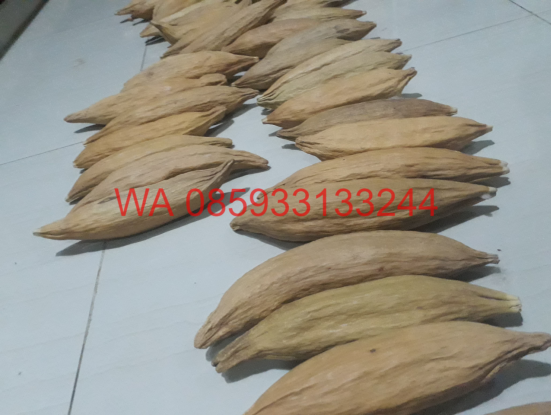Have you ever thought about why Kapok is so highly valued in Asia, especially Indonesia? People consider this kapok natural fiber as one of the most versatile materials in the vicinity. Why is it so? There are numerous products made of kapok. It includes kapok filling, seed oil, and furniture. Here is further information for you.
The Uses Of Kapuk Randu

The Pod Or The Fruit
The pod or the fruit is basically where the fiber came from. In this case, the fruit is the source of the long term uses of kapok fibers. After such a long manufacturing process, the fiber will later be utilized as filling or stuffing. It is very common for a pillow, mattress, or toys. But on the other side, cotton silk fiber has been used in many fields.
Such as industrial purposes, furniture, medication, or spun for fabric. With high versatility, there is no doubt that Kapok’s popularity is rising in recent years. Many industries were trying to make innovation using this plant-based fiber. It is also utilized as bandages, safety gear stuffing, etc. As the fiber is harvested, the dried pod is turned into fuel.
The Bark And The Wood Of Randu
Another use that is highly valued is the wood of the Randu or Kapok tree. When the Kapok filling is common for home and furniture industries, the hardwood is popular for furnishing or even coffin. The timber is as good as any other wooden materials, but what makes Randu loved is sustainability. You can find this particular tree cultivated in Java, Indonesia.
The Randu has excellent economic value yet great quality material. In this case, the timber is highly used for wooden furnishing as well. You can find some of the local products that are eventually made of Randu wood, such as a chair, table, or even a tennis table. Another usable part is the bark, which proceeds into ropes.
The Seed Of Kapuk Randu

The seed of kapok is found inside each of the pods that are embedded with soft silky like fibers. But in the manufacturing process, the seed will be separated from the fiber by hand. After that, it will later be used for other uses. The most common use is for oil. It is because the seed comprises oily substances which are later used for a lot of products, such as soap, oil, etc.
At some point, many locals used the oil as an alternative to palm oil. You can use it for culinary purposes, applied to heal wounds, or relieve rheumatism. The seed is also used as biofuel, while the knapsack is for animal feed and organic fertilizer. Hopefully, the utilization will be widening as more technologies are invented.
You can say that this tree is the epitome of high uses and versatility. Each part of the trees can be transformed into numerous beneficial and valuable products. You got the fiber for stuffing, the wood for furniture, the seed oil or kapok seed meal, and food product from the leaf. You can check out kapokfibersupplier.com for natural kapok and other materials.

